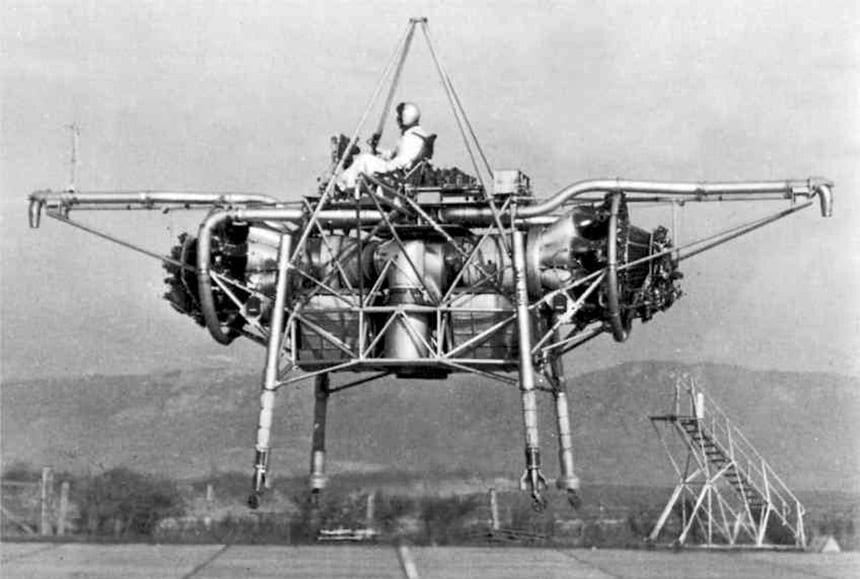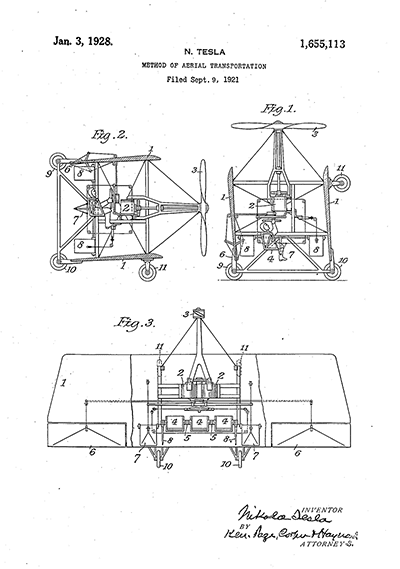
 Kitty Hawk isn’t the only outfit with designs to change the way we get around.
Kitty Hawk isn’t the only outfit with designs to change the way we get around.
Corporate giants Airbus, Boeing, and Uber are reportedly developing flying-car prototypes and platforms for air taxi services, according to a March report by Business Insider magazine and subsequent announcements by the companies. Uber published a detailed white paper called Uber Elevate aimed at proving the viability of an air taxi business that uses electric vertical takeoff and landing (VTOL) aircraft, much like today’s system of hailing a car with a smartphone app.

“When I tell family and friends what I’m working on—small VTOL aircraft that can be used for everyday flight—their eyes light up,” Estrada says. “They think it’s pretty amazing.”
Estrada works to change public perception so people are not stuck on the fairly fantastical notion of flying cars.
“I think ‘flying car’ is used as a headline-grabbing term in press reports now,” he adds. “Some of the earliest companies in this space were actually doing just that. They wanted to take your car and put wings on it, allowing you to drive down the road and take off. But where we’re going, you won’t need roads,” he says with a grin.
Such dreams are not new. Engineer and futurist Nikola Tesla conceptualized vertical takeoff and landing vehicles as long ago as 1928; Rolls-Royce in 1953 developed its own “thrust measuring rig” (dubbed the flying bedstead, because of its bedframe appearance, complete with castor wheels.)
But the times have changed, and concerns aren’t limited to vehicle engineering.
“Currently, we have an archaic system of air traffic management,” Estrada says. “If I’m flying a Boeing 737 into SFO, I radio the tower and we’re having a cryptic conversation on a party line with lots of other pilots. In the future, the vehicles will all talk to each other electronically and allow for many more aircraft to be in the sky in closer proximity, all while improving safety.”
—Andrew Faught